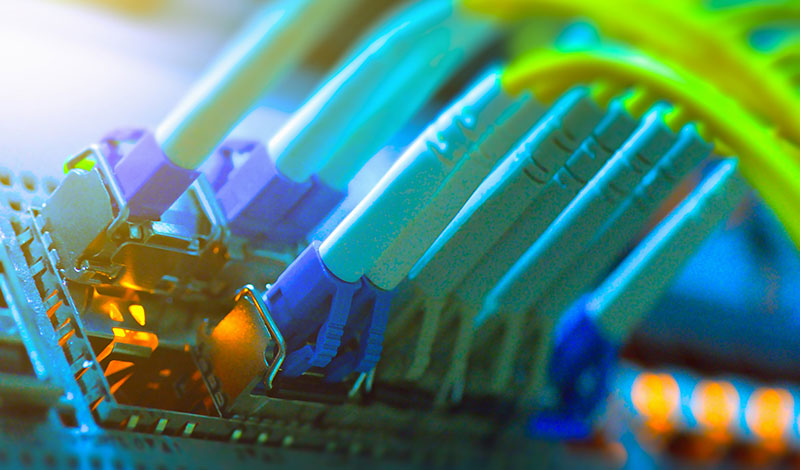
Posted on
As demand for popular consumer electronics and next-generation technologies has risen over the years, the opto-electronics market has grown with it. Despite global trade tension and tariffs creating challenges in this space, companies are still expecting to generate revenue growth in 2019.
Cree, Inc., cited these challenges as “headwinds” in their first-quarter 2019 earnings report, and state that “while these headwinds may persist for some time, we remain optimistic about the opportunity to increase shareholder value over the long term by executing our strategic plan.”
Changing Demand
The following applications are expected to drive industry-wide growth in the opto-electronics market in 2019:
- Fiber-optic laser transmitters for telecom: The demand for more data, and faster data download, is only growing. Lumentum Holdings, Inc., referenced strong telecom demand as a contributor to their Q1 2019 results, which saw a net revenue of $354.1 million. A focus on video among media companies and social media applications is helping to drive this; video in particular is one form of media that demands more data transfer/faster downloads.
- Fiber lasers for metal processing: Though this is typically an area of demand in the opto-electronics space (Lumentum also mentioned fiber laser demand as a driver of their Q1 results), the market appears to be contracting a bit. IPG Photonics, who is a major player, saw their revenues from the last quarter decline year-over-year by 9%. High-power CW laser sales specifically dropped off by 7% from the same quarter last year, and IPG management noted that their Q3 results were affected by a mix of “macroeconomic headwinds and geopolitical factors” that lowered demand in China and Europe. nLIGHT, Inc., also cited “challenges in the industrial end market in China” in their latest earnings report.
- Cloud-computing: A large amount of all of that data being transferred now lives in the cloud. Data is transferred wirelessly through cloud-computing services, and to protect against it being lost or otherwise compromised, many companies store their data on central servers in data centers, instead of locally on individual devices. For example, over 10% of Amazon’s revenues come from this segment (Amazon Web Services), and it accounts for over 50% of their total operating earnings.
- Internet of Things: This concept of devices all over the globe communicating with each other wirelessly over the Internet is referred to as the Internet of Things (IoT). Any device that can access the Internet, and receive and transfer information across it, is connected to the IoT. The growth of IoT technologies means that companies should plan for continued demand of consumer electronics such as smartphones, tablets, and smart watches, plus the networks needed to keep them connected.
- 3D sensing: II-VI’s latest earnings report specifically called out 3D sensing as an application that’s driving business, stating that “demand for 3D sensing exceeded our expectations with shipments growing over 200%”. Consumer devices are already implementing laser diodes to sense head and body movement, gestures and even facial recognition and offer a more desirable user experience. Users can, for example, unlock their smartphones just by looking at the screen. Or, if they look up from the screen when watching a video, the video will automatically pause. Future applications include autonomous vehicles and augmented reality/virtual reality (AR/VR) devices such as headsets.
Thin Film Deposition Techniques to Focus On
Optical coatings are key in the opto-electronics space. Manufacturers need to prioritize precision optics systems that are designed for low absorption and scattering of light, in order to produce the highest quality optical filters. Evaporation and sputtering systems that deposit repeatable, high-quality metallic thin films while meeting throughput requirements are also important in this market moving forward.
With 3D sensing becoming a bigger presence in next-gen devices and technologies, manufacturers also need to focus on producing high-quality laser diodes with reliable performance at a competitive price point. Uniform optical and metallic coatings need to be applied to the diodes in order to improve yield and lower manufacturing costs, which is critical for consumer applications.
